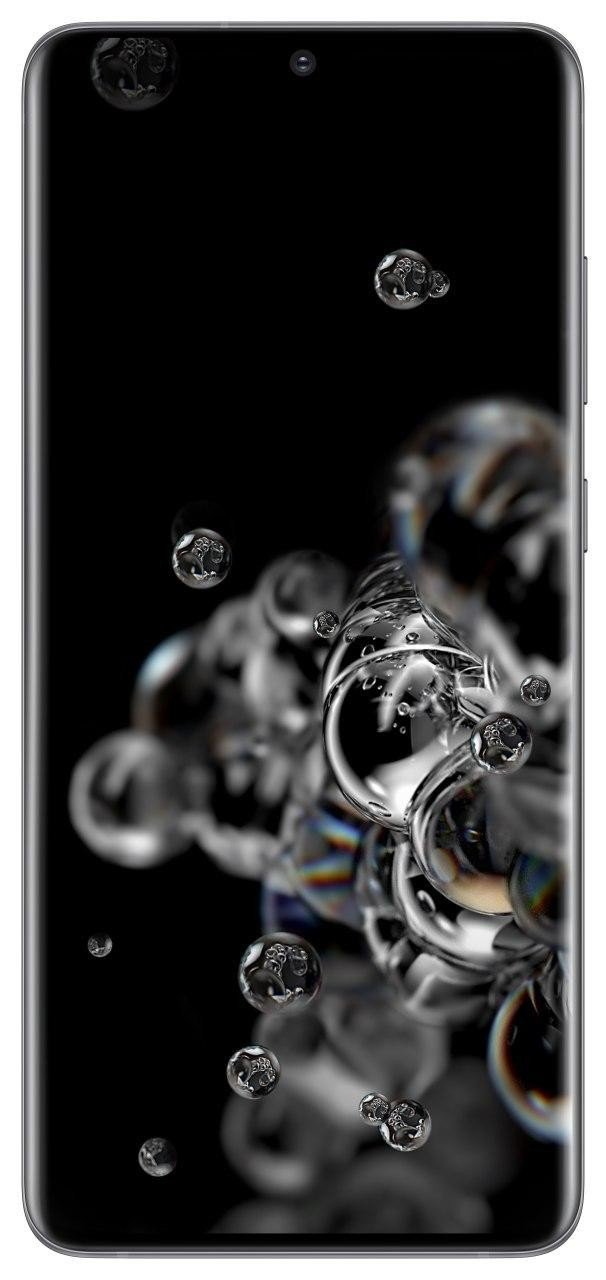Galaxy S20 Ultra camera samples: A collection of Samsung's best-ever photos
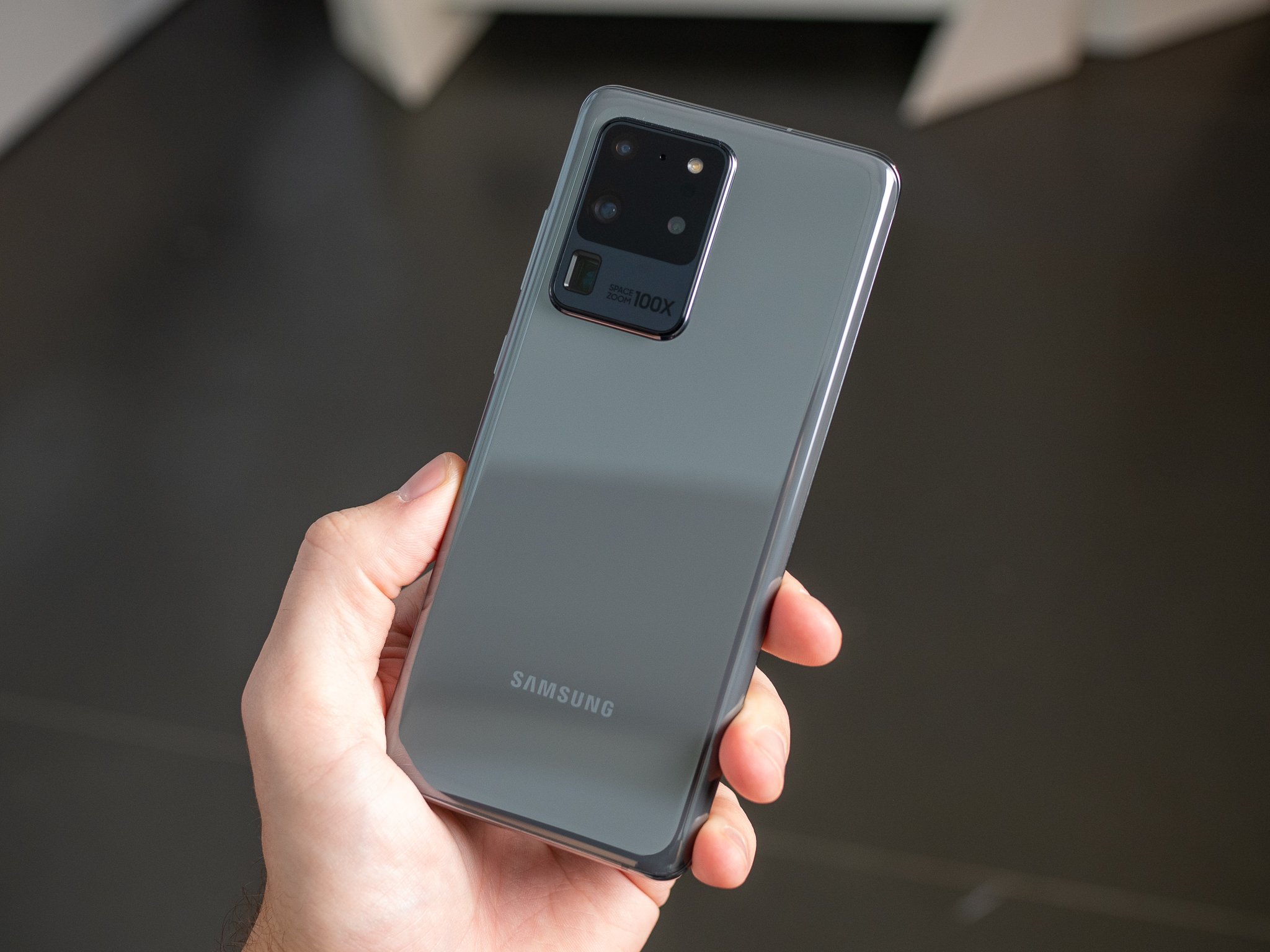
Of all the improvements and changes on hand in the Galaxy S20 series, a complete overhaul of the camera system is one of the biggest. And for many of us, how well the new cameras perform will make or break our choice to buy one of the new phones. The Galaxy S20 Ultra has its own next-level improvements over the Galaxy S20 and S20+, making it even more appealing.
I've been using the Galaxy S20 Ultra for a couple days now, and that means it's time to share the first photos I've taken with it — and some of my initial thoughts on how it's performing as well.
Main camera
Samsung talked a big game about its new 108MP camera that uses 9-to-1 pixel binning to take 12MP photos with an absolutely massive effective pixel size. It should, theoretically, be Samsung's most capable camera ever.
Be sure to click on each image to view at full size.
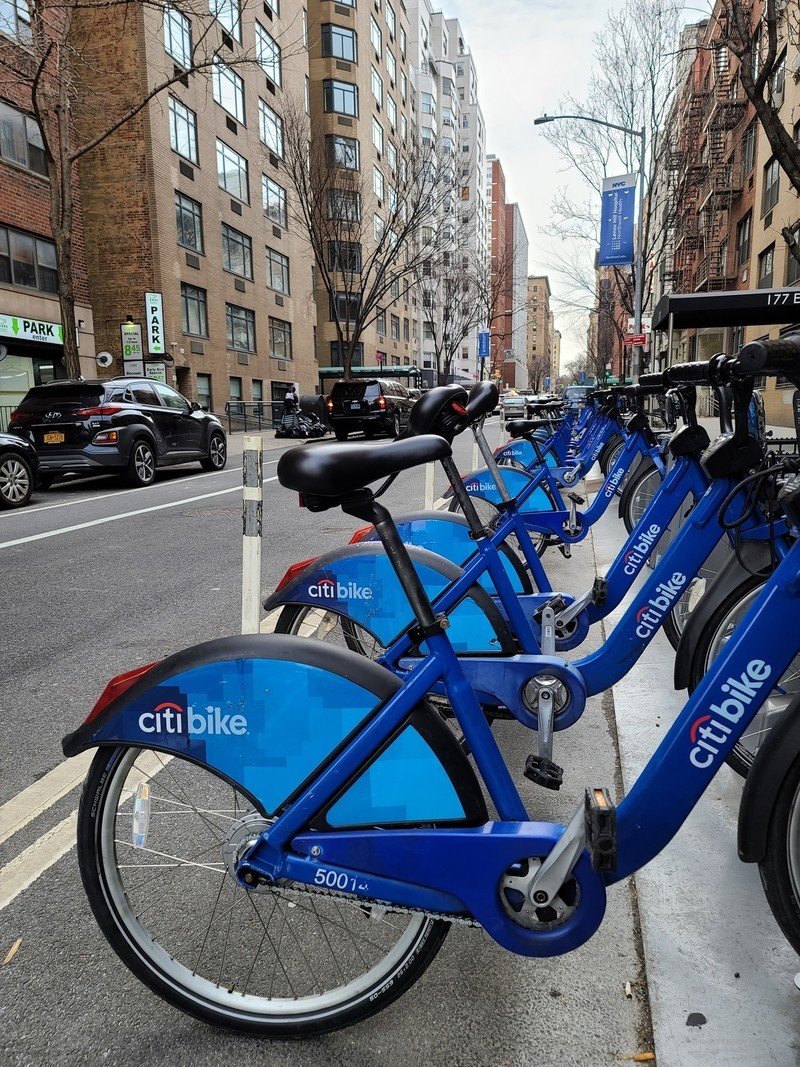
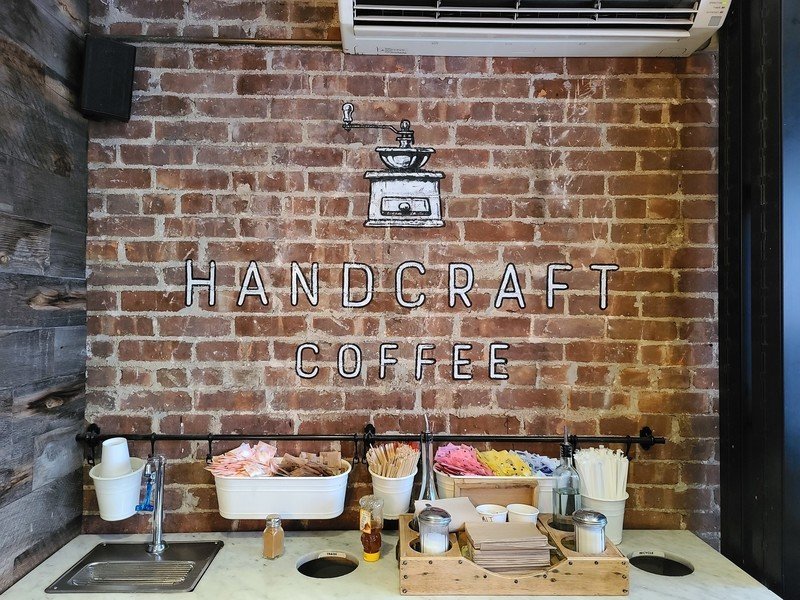
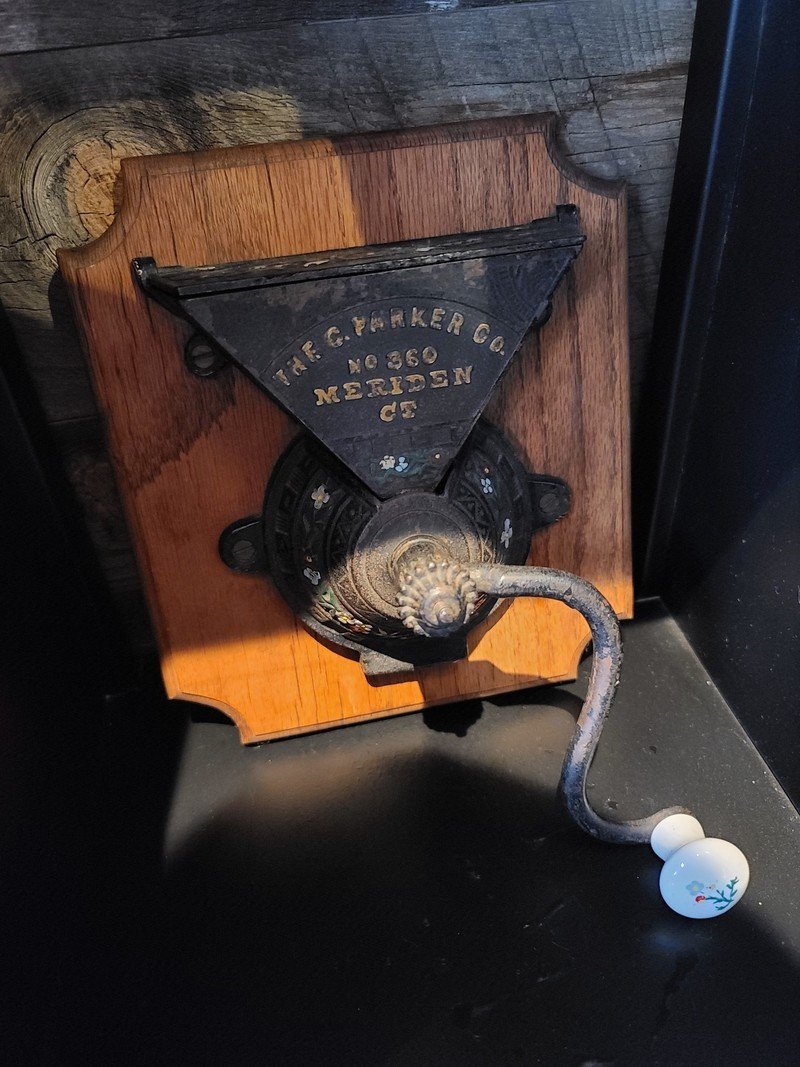
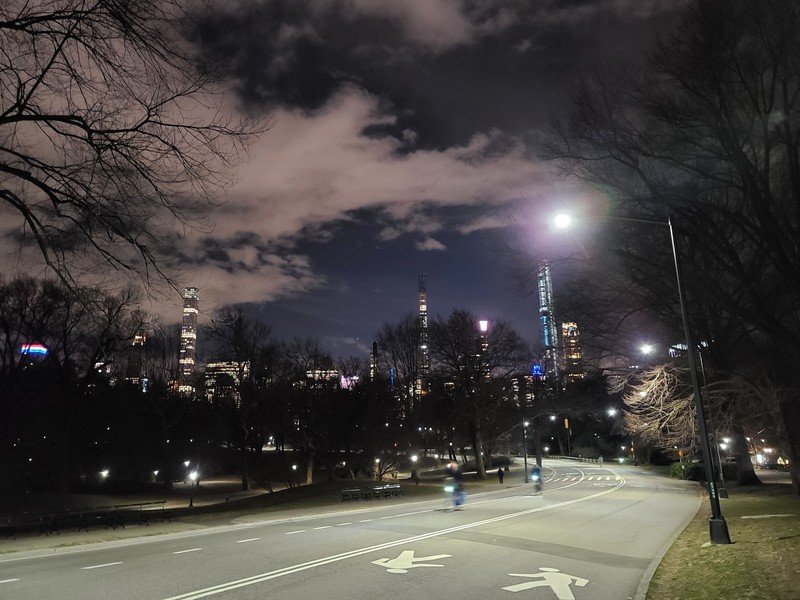
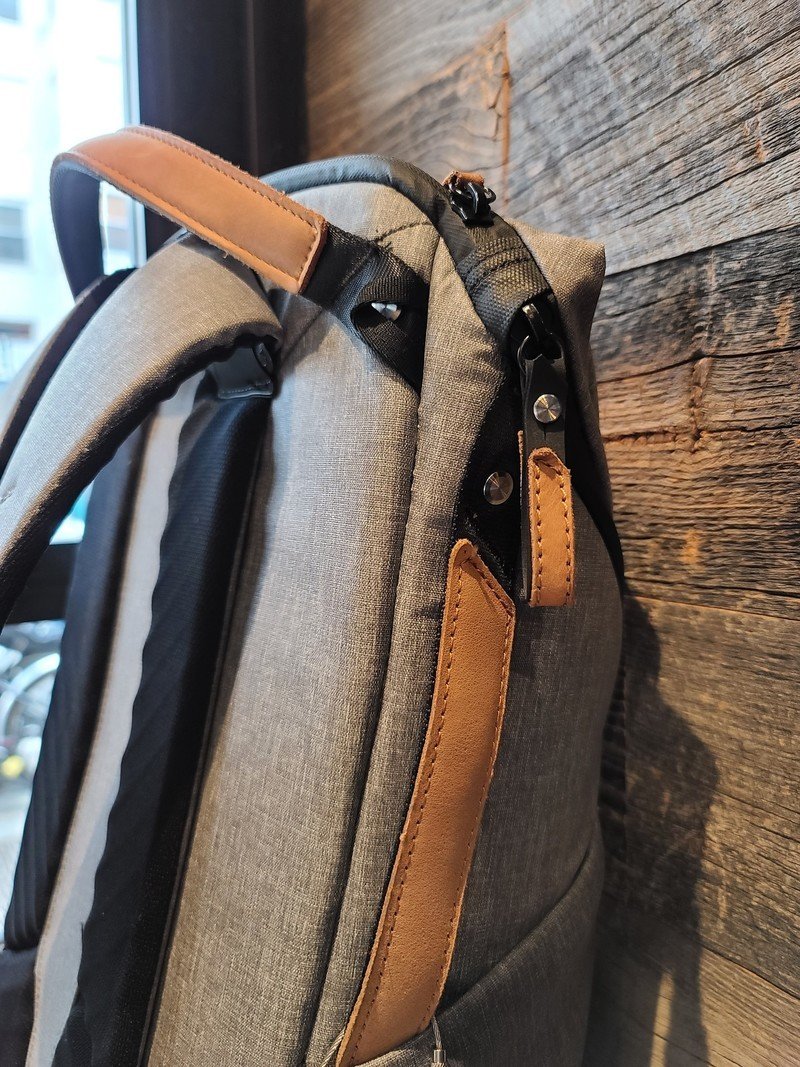
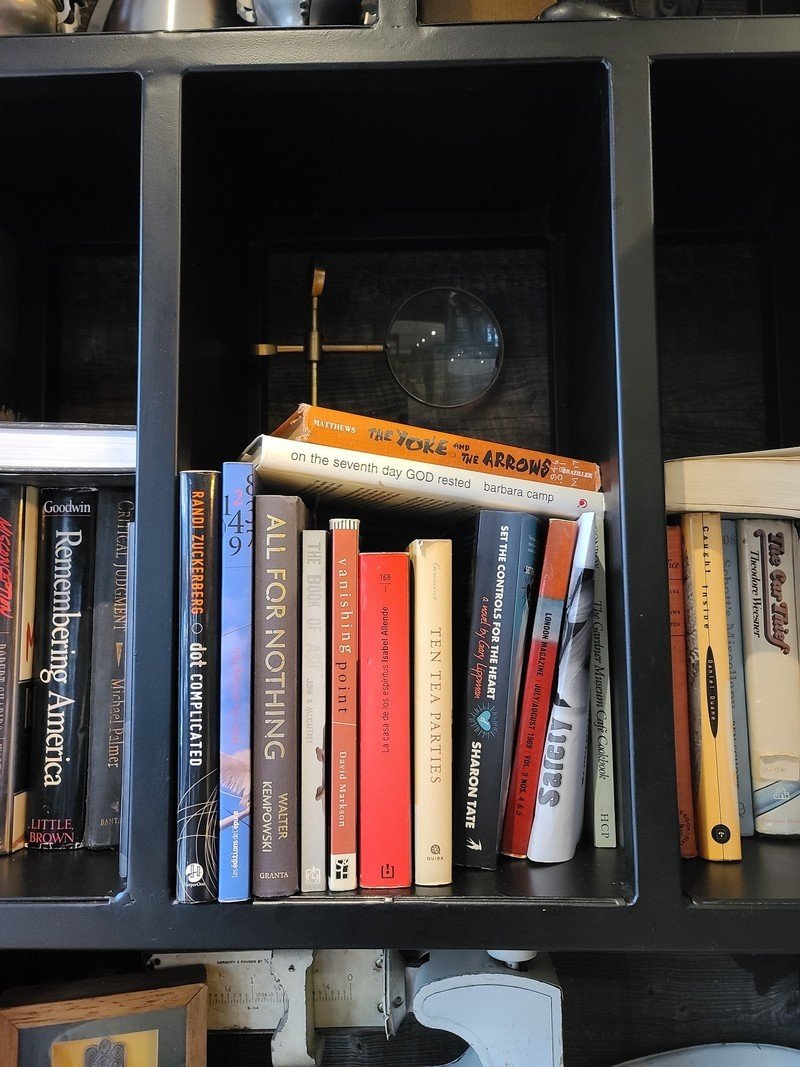
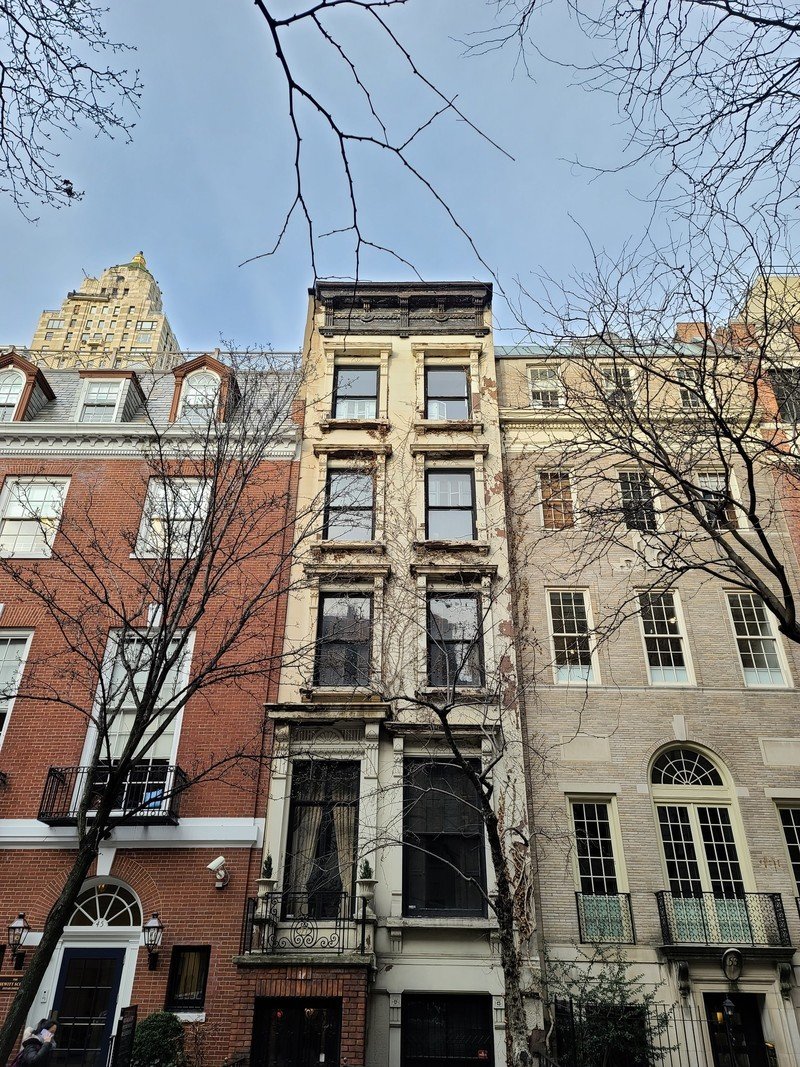
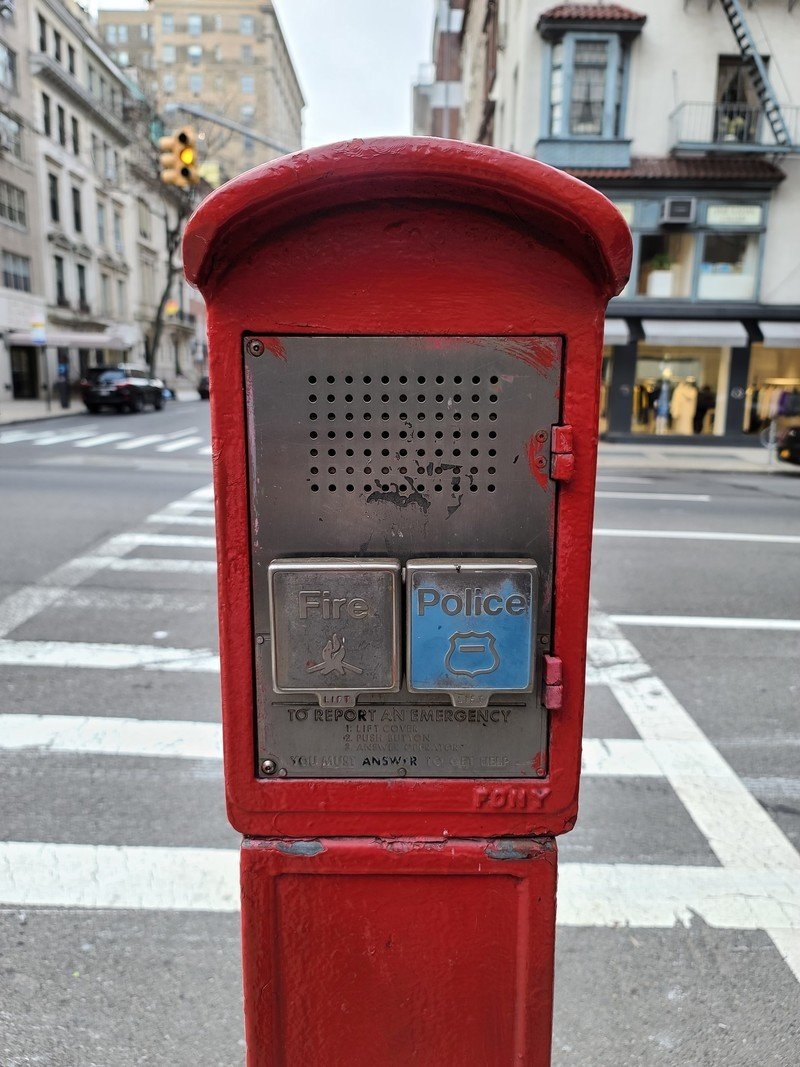
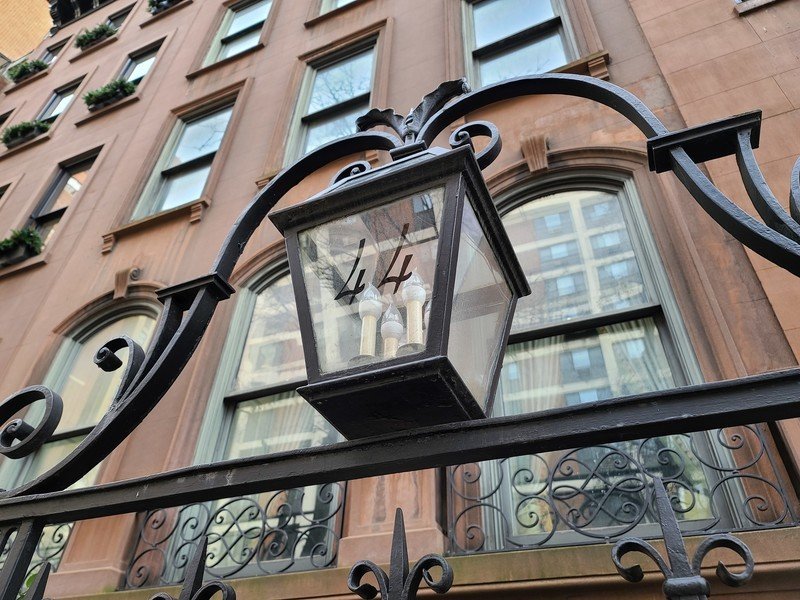
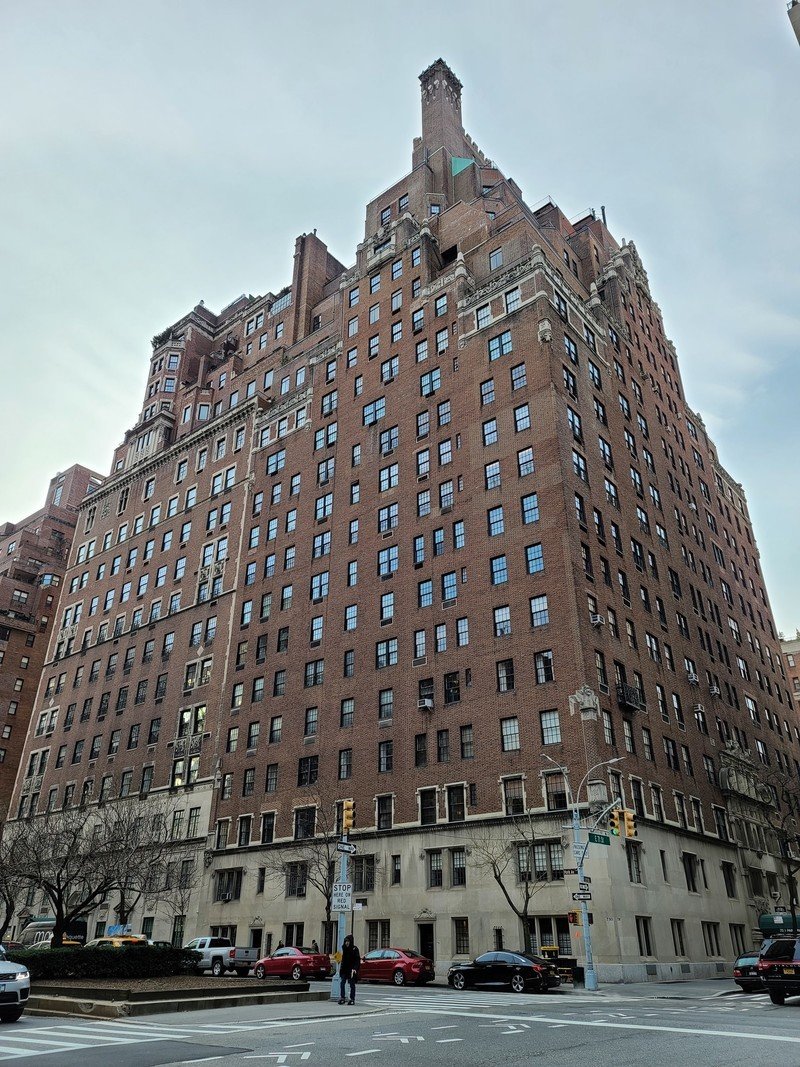
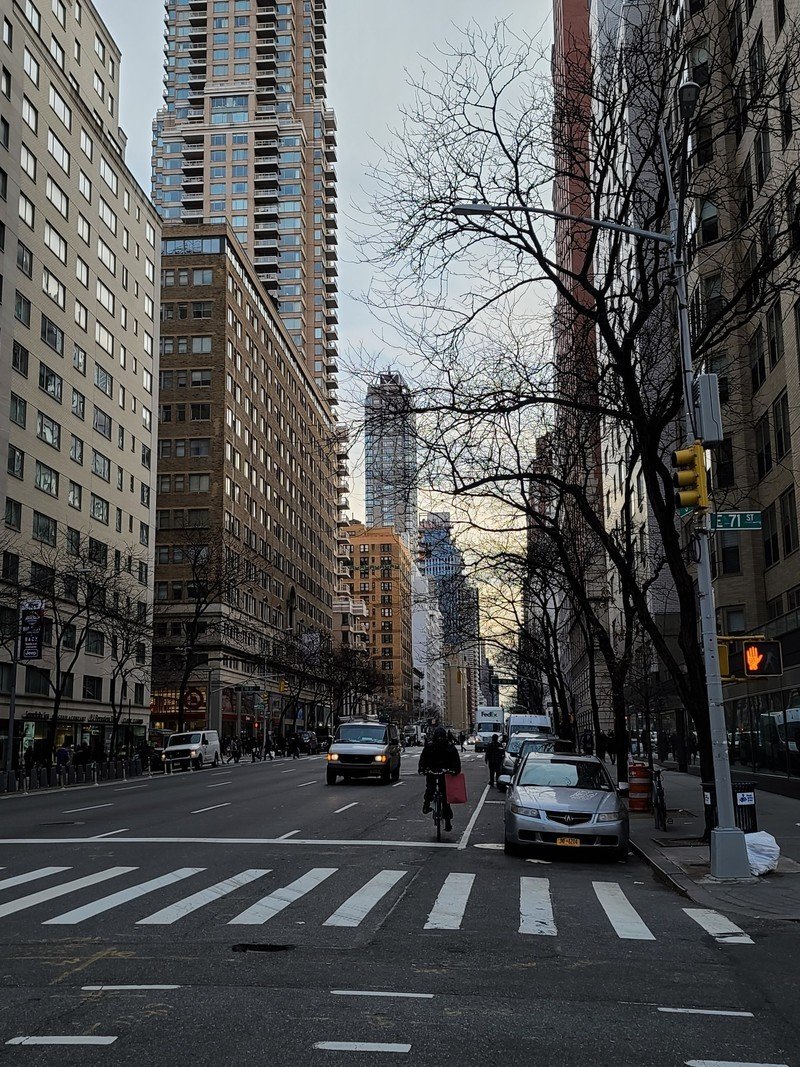
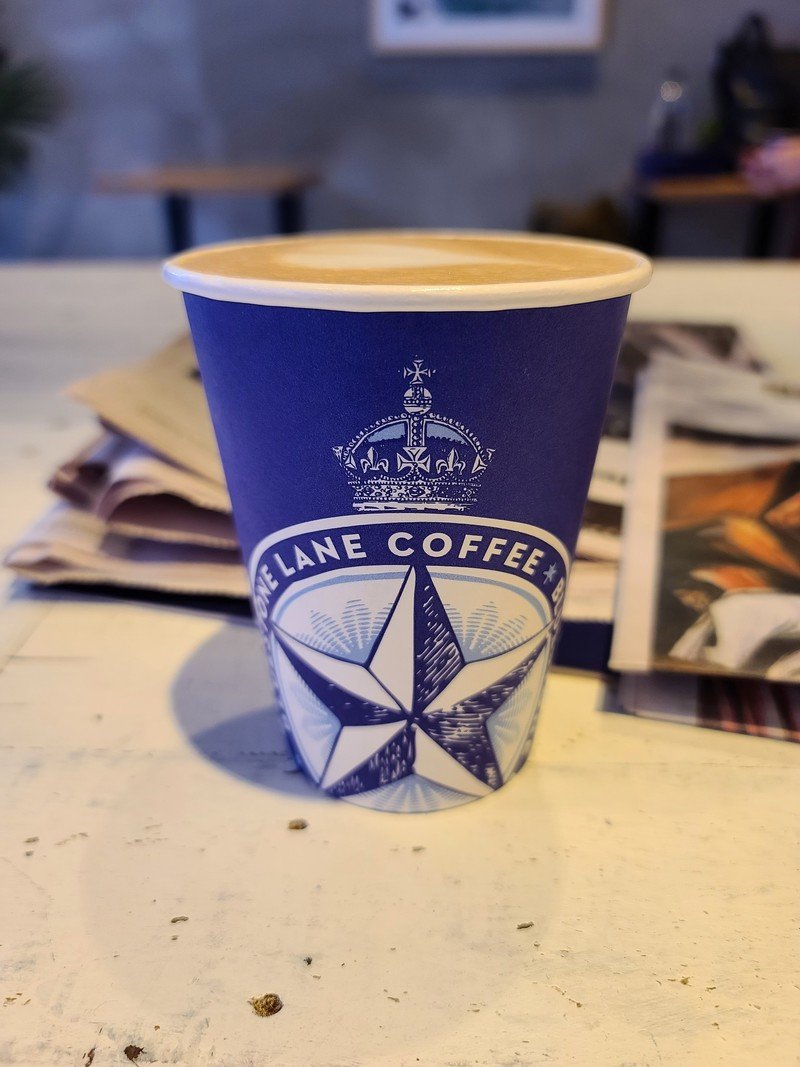
In my initial time with the S20 Ultra, I can tell that Samsung hasn't changed the "look" of its photos much. They're still "Samsung" photos, for lack of a better explanation, in terms of how the colors pop with a little extra saturation, how the brightness is kept high, and how HDR feels a little overdone in some scenarios.
The fundamentals have improved considerably, but Samsung's processing can still feel heavy-handed.
But the fundamentals have clearly improved, because this sensor and lens are clear upgrades from the past generation and are starting the camera off on a much higher level. In good lighting, you can get some incredible detail and extremely crisp lines. Everything is surprisingly neat, and with this big sensor you get fantastic natural bokeh that makes me wonder why you'd bother with portrait mode (check the photo of the blue coffee cup).
That doesn't mean these photos are perfect, though. Even with improved fundamentals, it still feels like Samsung's processing misses the mark sometimes. It'll blow out the highlights or way overdo HDR sometimes to the point of being jarring. I would love to have seen Samsung scale back its HDR processing to be a little less obtuse, but it doesn't seem to have done so — it's a similar playbook as before.
Be an expert in 5 minutes
Get the latest news from Android Central, your trusted companion in the world of Android
Performed my night mode torture test on a bunch of new phones and it's clear off the bat the Galaxy S20 Ultra's massive sensor basically makes up for Samsung's mediocre low-light processing.
L-R: S20 Ultra, S20, Pixel 4 XL, iPhone 11 Pro pic.twitter.com/FAKaSuP7a1Performed my night mode torture test on a bunch of new phones and it's clear off the bat the Galaxy S20 Ultra's massive sensor basically makes up for Samsung's mediocre low-light processing.
L-R: S20 Ultra, S20, Pixel 4 XL, iPhone 11 Pro pic.twitter.com/FAKaSuP7a1— Daniel Bader (@journeydan) February 21, 2020February 21, 2020
Night mode shots are the best Samsung's ever produced, but auto mode still doesn't handle the dark well.
And with just one night using the phone I'm far from putting my foot down on a conclusion with low light photos, but my intial findings are mixed. Night mode takes substantially better low-light photos than any previous Samsung phone, and because you're starting with such a massive sensor you get a lot of extra detail. There's still quite a bit of noise — which to be fair can look natural for a low-light shot — but the fine details are well-retained. But one thing of note is the night mode seems to require an incredibly steady hand or it creates very soft or blurry photos.
And for as good as night mode is, auto mode struggles with dark scenes (when it doesn't automatically engage night mode), which is unfortunate considering the 9-to-1 pixel binning that should address that somewhat even without the extra night-specific processing.
Zoom shots
Now, to the zoom shots. We have a good breakdown showing direct comparisons of the same scene at different zoom levels, so I won't get into that right now. These are just some of the best zoom shots I've taken in the past day.
Be sure to click on each image to view at full size.
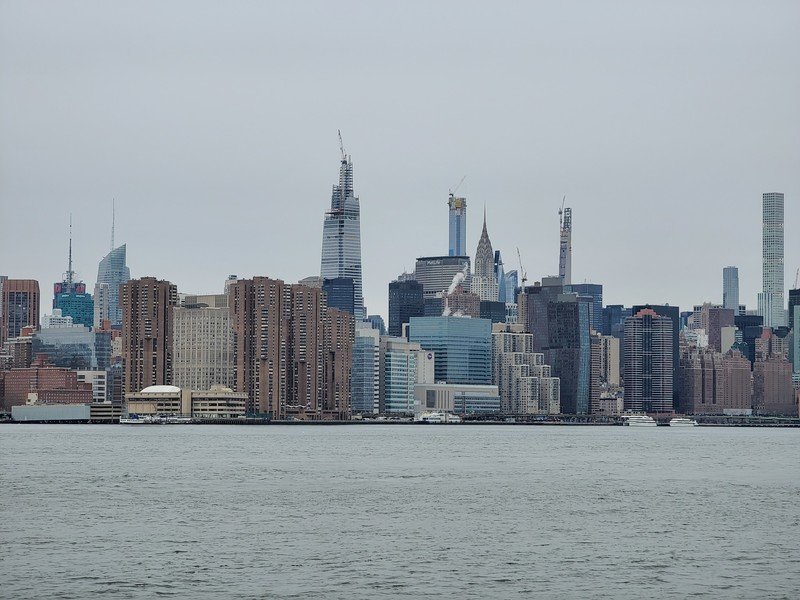
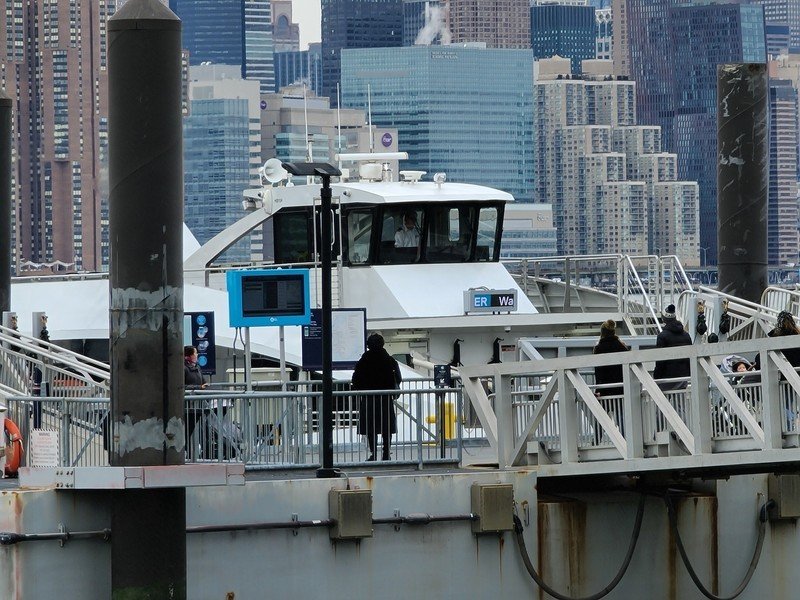
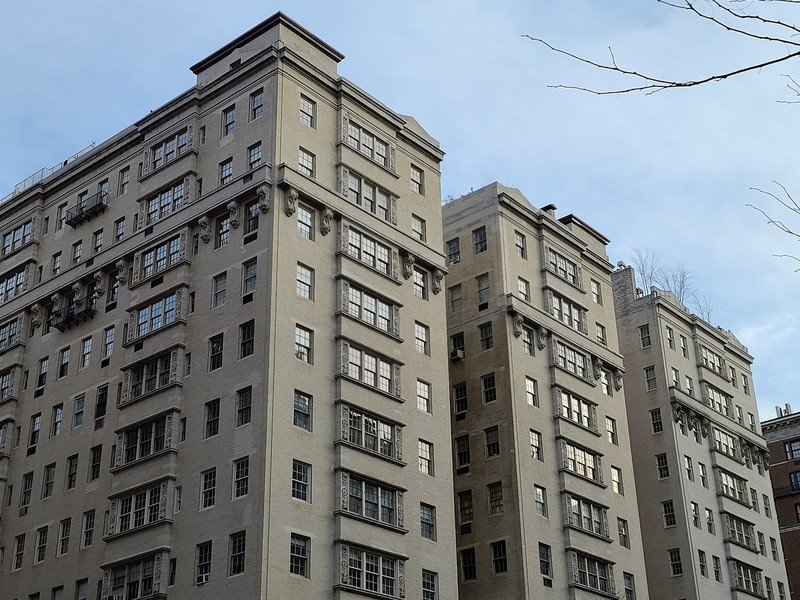
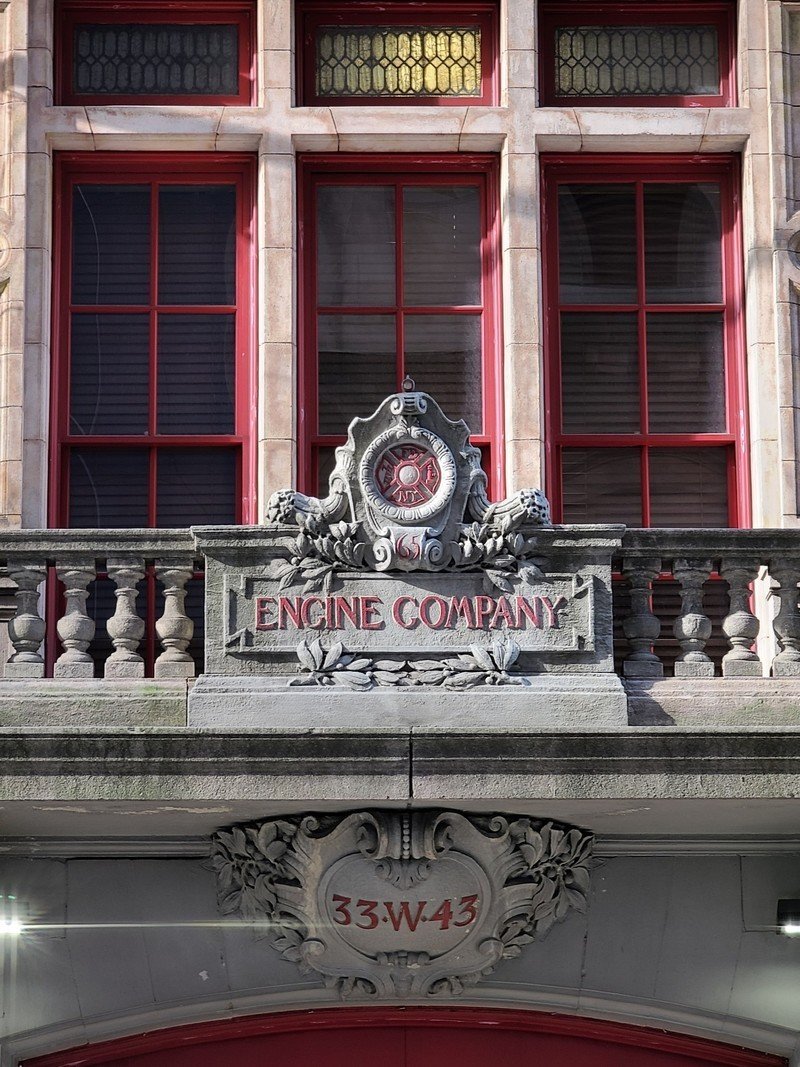
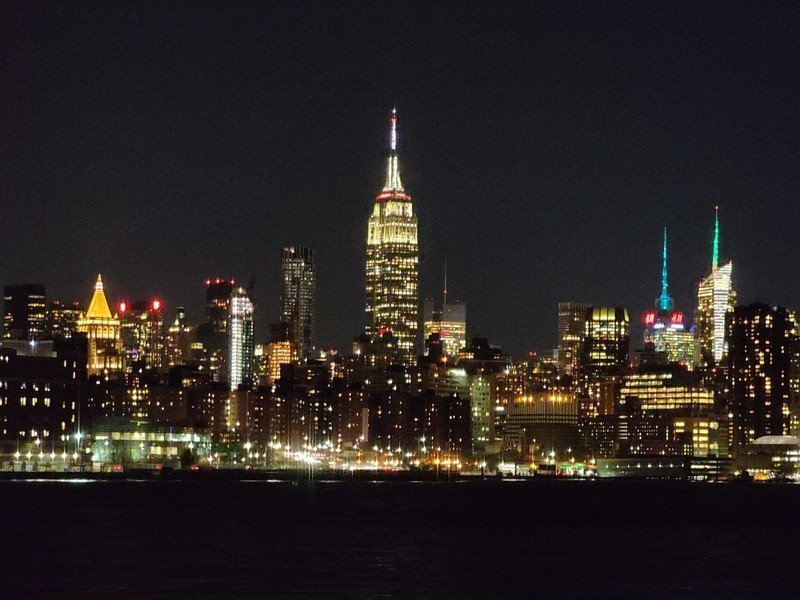
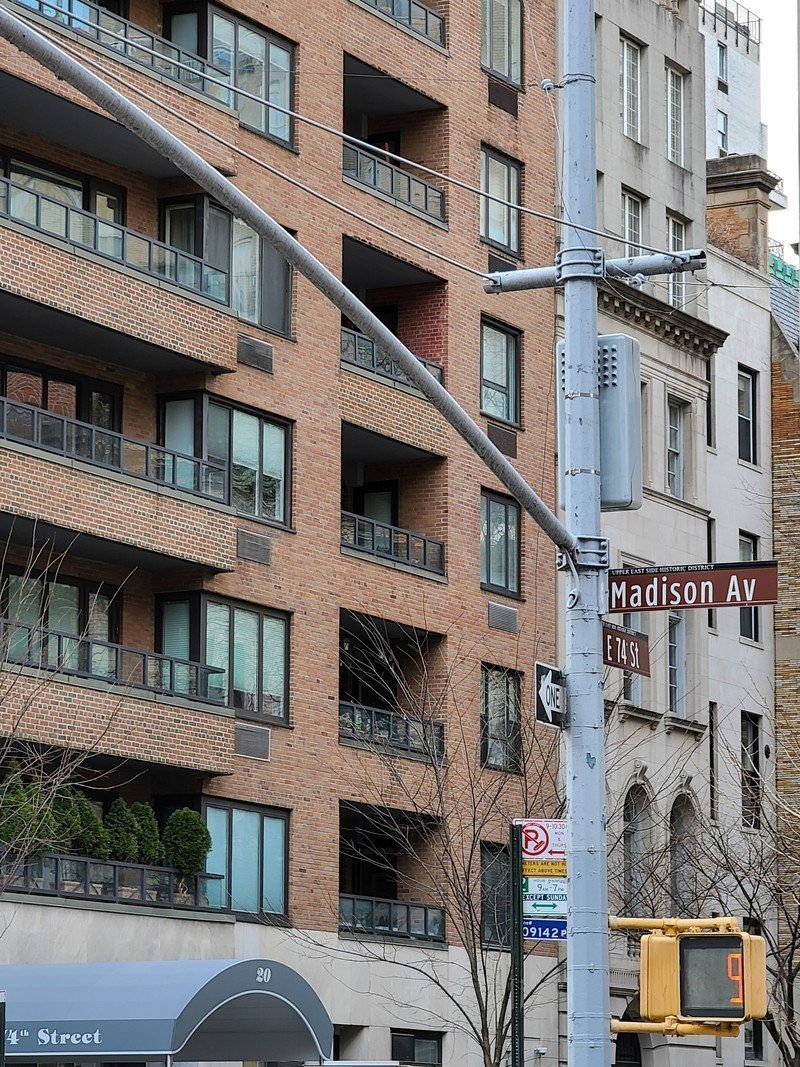
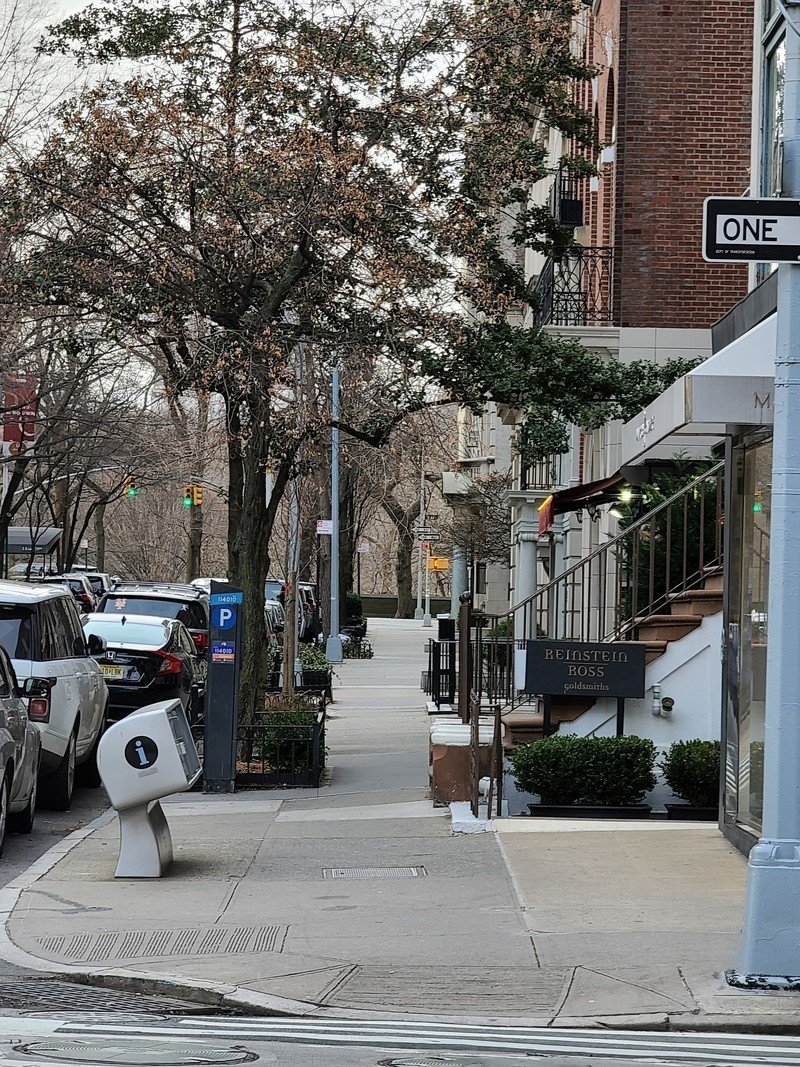
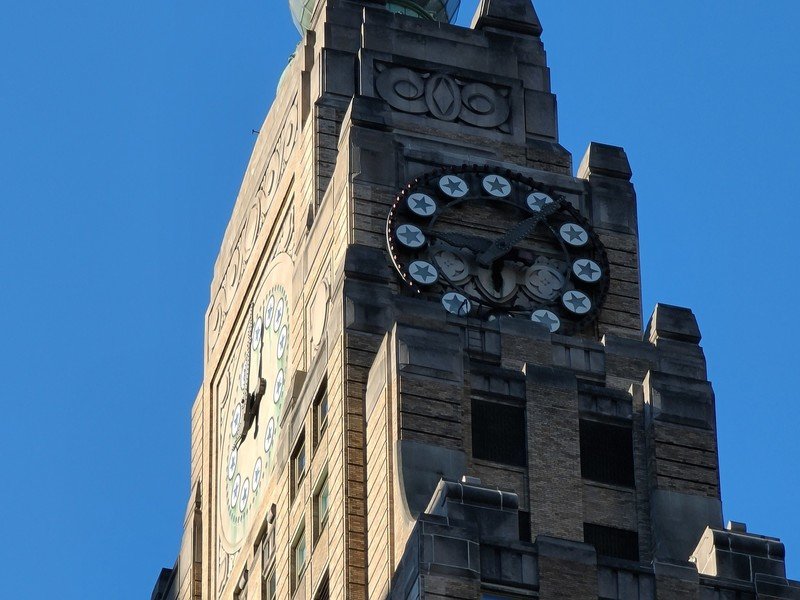
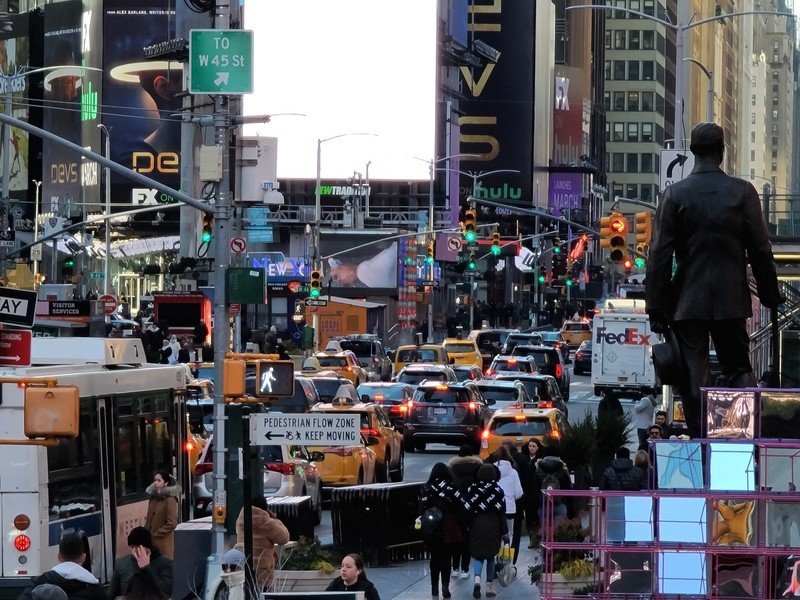
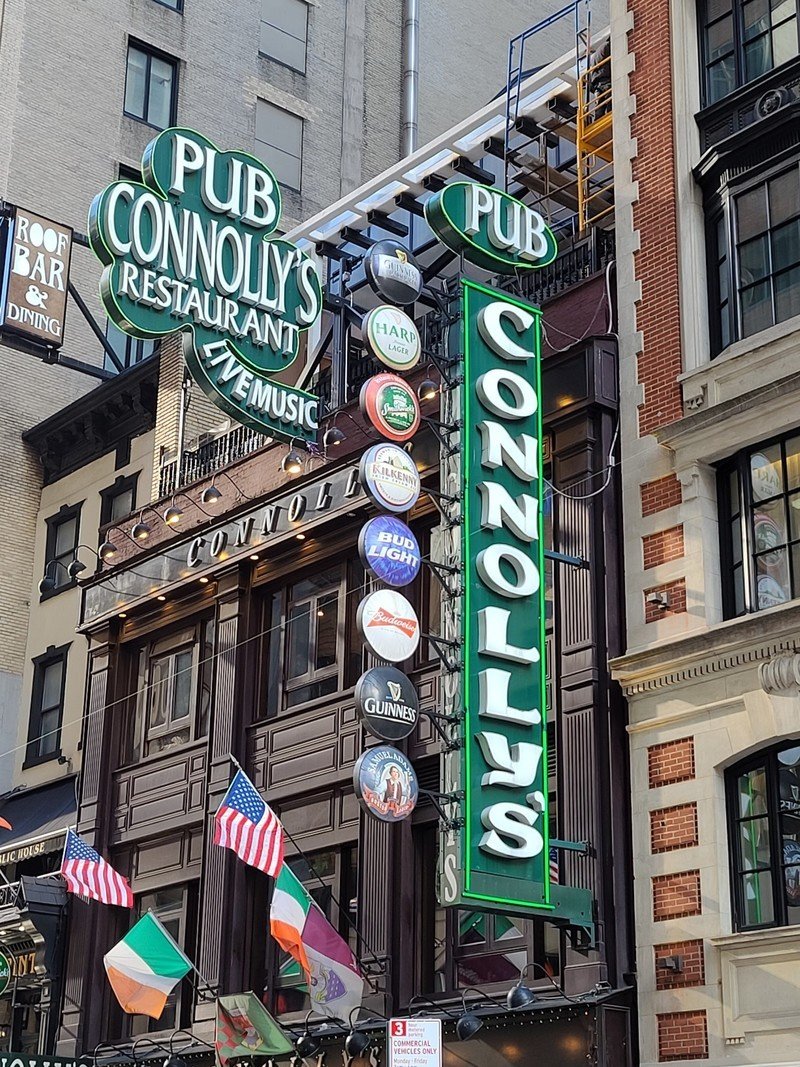
Right off the bat, I'm impressed by the S20 Ultra's zoom quality. Starting with 108MP, you can get good 2X and 3X shots with minimal quality loss. The camera seems to switch over to the 48MP telephoto camera at 4X, and even when switching to this theoretically inferior sensor I'm really happy with everything between 4X and 10X. Tapping the telephoto button in the viewfinder sends you to 5X immediately, which takes some getting used to after using so many photos that only jump to 2X. But the quality there is solid, with minimal drop-off from the main sensor.
Zoom shots up to 10X still look incredbily sharp — after that, things can get dicey.
It's after 10X where things get to be more hit-or-miss, depending on the scene, lighting and how steadily you can hold your hand. I got some great 20X shots with a really unique telephoto field of view, and when the conditions were right I even snapped some 30X shots that were solid. Everything beyond 30X is a total crapshoot, though — you need to be really far away from an object in order for the massive loss in quality to be worth getting a photo of something you just wouldn't be able to see otherwise.
And to be clear, all of this zooming does not make this a good macro lens. The minimum focal distance on the telephoto lens is over two feet, and taking zoom shots of anything relatively close to you just shows off how much quality is lost in the zoom process.
Ultra-wide camera
The new ultra-wide camera is shared between all three S20 models, with a new 12MP sensor that has larger 1.4-micron pixels and an expectedly middling f/2.2 aperture. It's probably the least interesting upgrade of the three cameras considering everything in the other two that's so exciting, but I'm still happy to see Samsung kept the ultra-wide around.
Be sure to click on each image to view at full size.
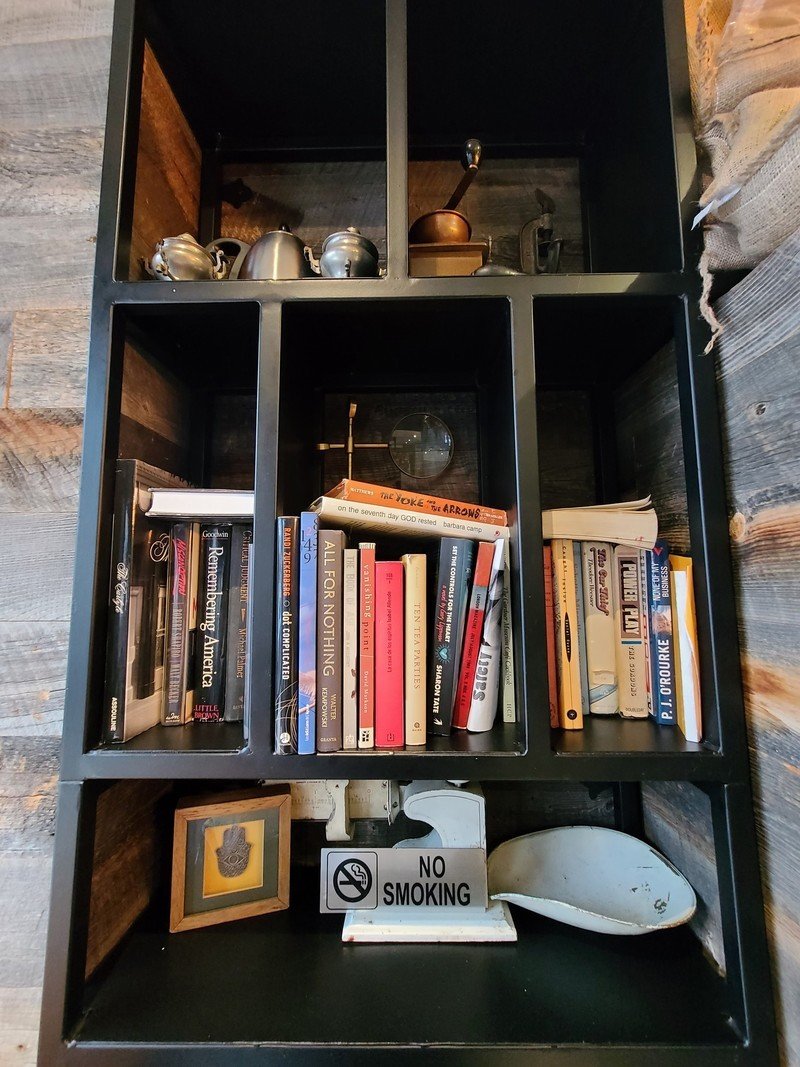
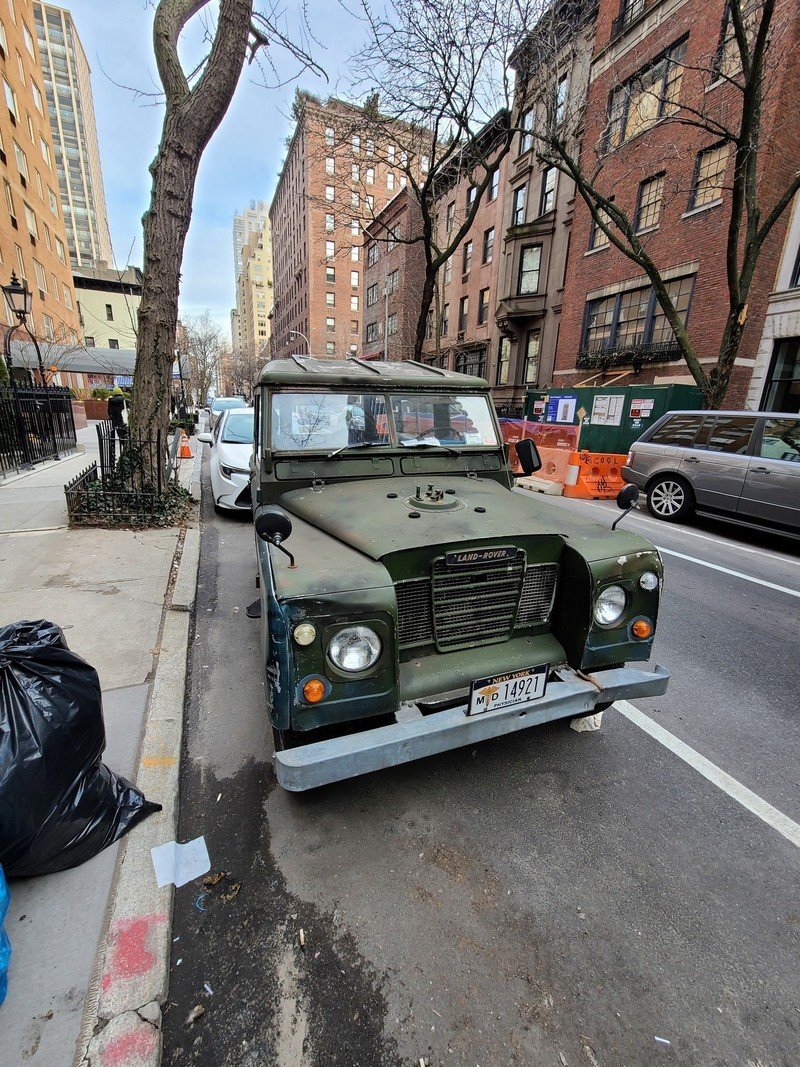
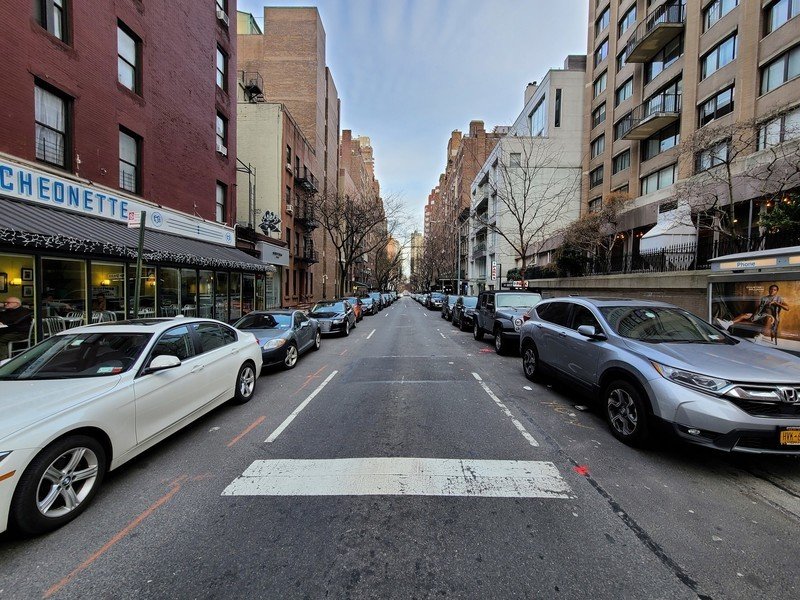
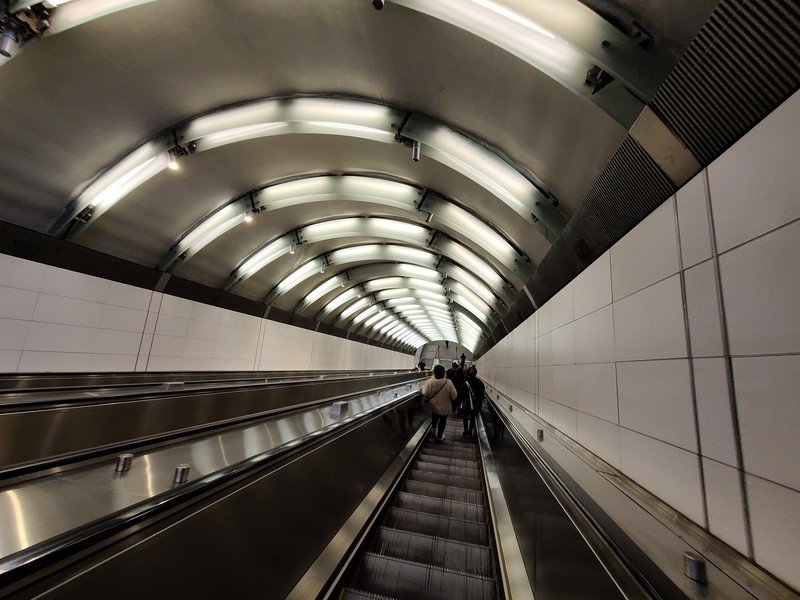
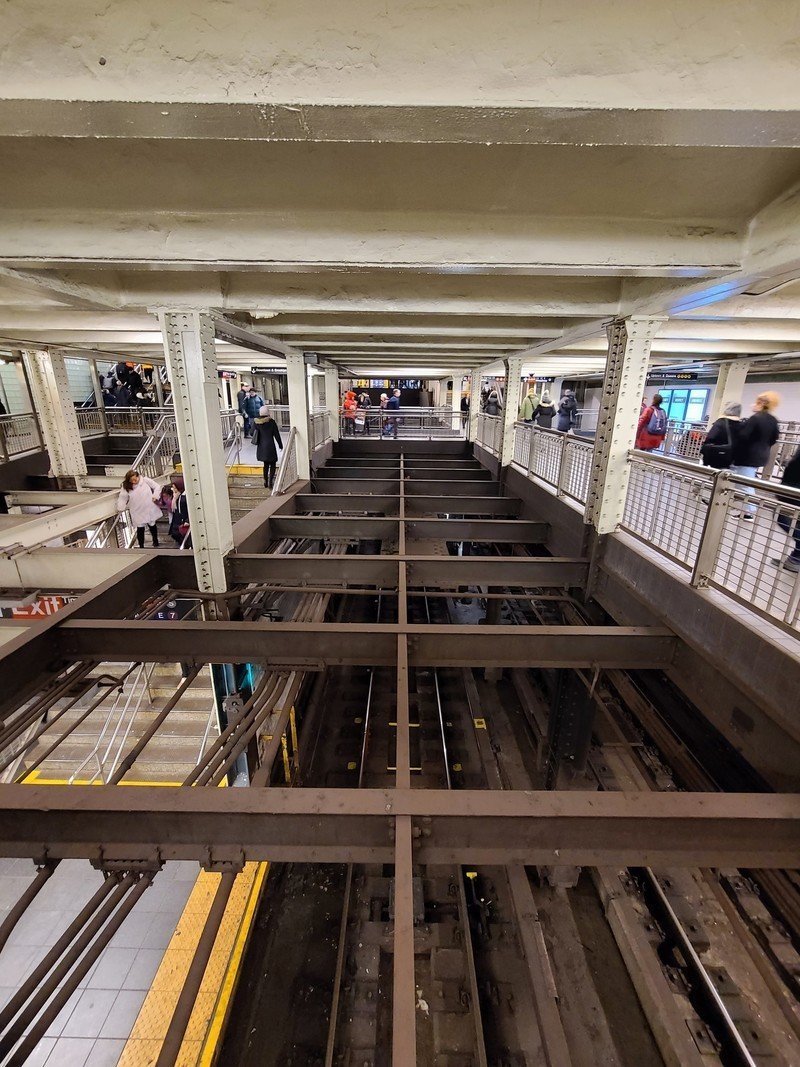
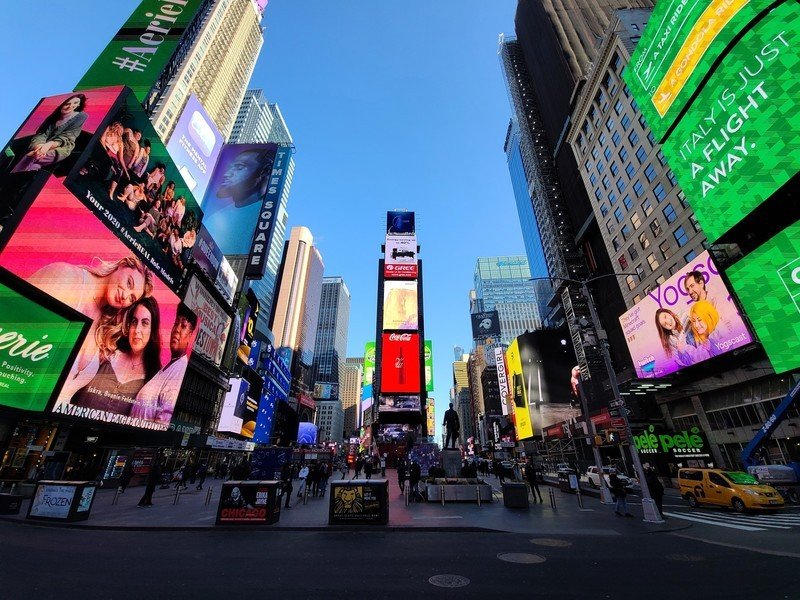
In good lighting, there's little quality dropoff from the main camera to ultra-wide.
In good lighting, the ultra-wide takes really strong photos that are comparable with the main camera. You actually get good colors and details, even if they don't always hold up to deeper inspection when you zoom in — much like the main camera on last year's Galaxy S10. Samsung hasn't taken out all of the lens distortion around the edges, but I actually like the look — the whole point of taking an ultra-wide shot is its unique perspective. You can tell this is an ultra-wide lens.
In mixed lighting or indoor scenes, things hold up decently, though I noticed the camera starts to lean on slower shutter speeds (down to 1/24 regularly) which can introduce blur in moving subjects or a soft overall shot if you don't have a steady hand. That's to be expected given the slower lens, though.
Andrew was an Executive Editor, U.S. at Android Central between 2012 and 2020.
